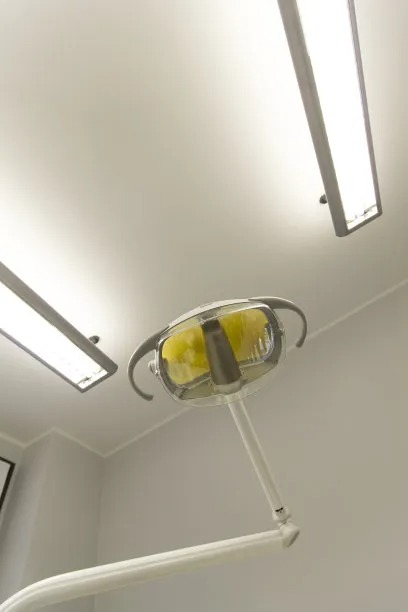The Importance of Proper Technique When Extracting a Tooth for Optimal Dental Health
Summary: The extraction of a tooth, while often a necessary dental procedure, requires adherence to proper techniques to ensure optimal dental health. This article explores the critical aspects involved in tooth extraction, including the significance of sterilization methods, the importance of patient assessment, the need for precise procedural execution, and the role of post-extraction care. Understanding these facets can dramatically reduce complications and improve patient recovery, leading to better overall oral health. Through careful consideration and adherence to established protocols, dentists can enhance the extraction experience for patients, thus supporting long-term dental well-being.
1. The Importance of Sterilization Methods

Sterilization is foundational to any dental procedure, particularly when extracting a tooth. Proper sterilization techniques prevent the introduction of harmful bacteria and viruses into the patient’s systemic circulation, significantly lowering the risk of postoperative infections. Dentists must adhere to strict sterilization protocols using autoclaves, disinfectants, and proper equipment handling procedures.
In addition to standard sterilization practices, its essential to routinely evaluate the effectiveness of these methods. Regular maintenance checks on sterilization equipment ensure that all tools are functioning optimally. Moreover, hygienic practices, such as using disposable gloves and masks, play a critical role in minimizing contamination during the tooth extraction process.
Finally, patient education surrounding sterilization can enhance trust. When patients understand the measures taken to ensure their safety, their anxiety surrounding the extraction process decreases, thus creating a calmer environment for both the dentist and the patient.
2. Importance of Patient Assessment Before Extraction
A comprehensive assessment of the patient’s medical history is crucial before proceeding with a tooth extraction. This evaluation helps identify any underlying health issues, medications that may affect bleeding, and allergies to anesthesia. Such insights enable dentists to tailor their approach to each individuals unique health circumstance.
Furthermore, the dentist should conduct a thorough examination of the tooth in question and surrounding structures through X-rays or other imaging techniques. These tools help determine the tooths condition, the presence of infection, or the proximity to nearby nerves and tissues. An informed approach mitigates complications during extraction.
Patient assessment also involves discussing the procedure with the patient. Clear communication fosters a sense of involvement and understanding, ensuring that patients feel more at ease and are aware of what to expect during and after the extraction. This reduces anxiety and leads to better cooperation during the procedure.
3. Precision in Procedural Execution
The actual tooth extraction must be executed with precision to ensure minimal trauma to surrounding tissues. A well-planned approach allows for a smoother extraction process, be it a simple extraction or a more complex surgical procedure. Dentists should choose the appropriate instruments and techniques suited for the type of extraction required.
Controlled movements and strategic application of force are vital to extracting a tooth without fracturing it or causing damage to adjacent teeth or bone. The use of modern technologies, such as digital imaging and minimally invasive techniques, further enhances the precision of the extraction.
Moreover, dentists must be prepared for unexpected situations, such as a broken tooth root or excessive bleeding. Having a detailed plan and necessary tools on hand is essential for addressing these complications swiftly and effectively, thus ensuring patient safety and comfort.
4. Effective Post-Extraction Care Management
Post-extraction care is just as significant as the procedure itself. Proper aftercare is instrumental in ensuring a smooth recovery and preventing complications such as infections or dry socket, a painful condition caused by the loss of the blood clot at the extraction site. Providing clear aftercare instructions to the patient is crucial.
Patients should be advised about dietary restrictions, pain management options, and signs of potential complications to watch for post-extraction. Regular follow-ups can also help monitor the healing process and address any concerns the patient may have.
Additionally, educating patients about maintaining oral hygiene during recovery can enhance their overall dental health. Simple practices like gentle rinsing and avoiding strenuous activities can significantly improve recovery outcomes, helping patients return to their normal routine sooner.
Summary:
The importance of proper technique when extracting a tooth cannot be overstated. Adhering to sterilization practices, thoroughly assessing the patient, executing the procedure with precision, and providing effective post-extraction care are essential components that contribute to optimal dental health. Each element works in harmony to ensure patient safety, comfort, and satisfaction, leading to better overall dental outcomes.
This article is compiled by Vickong Dental and the content is for reference only.



